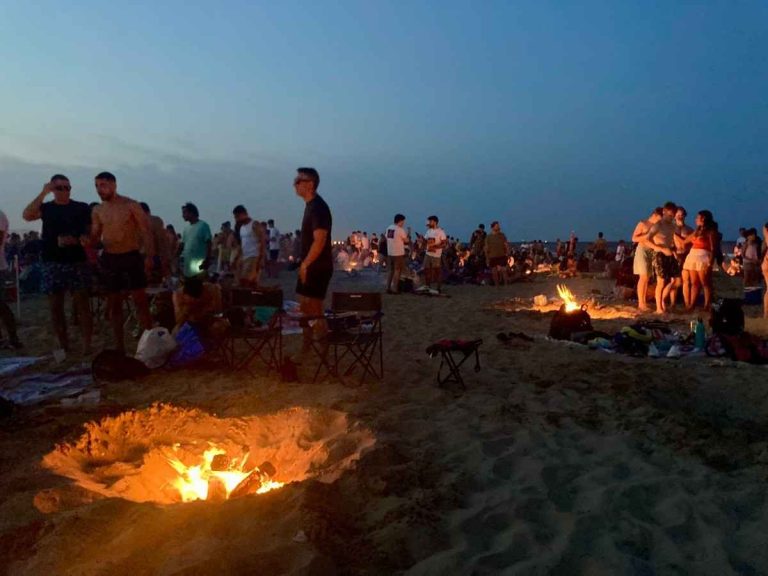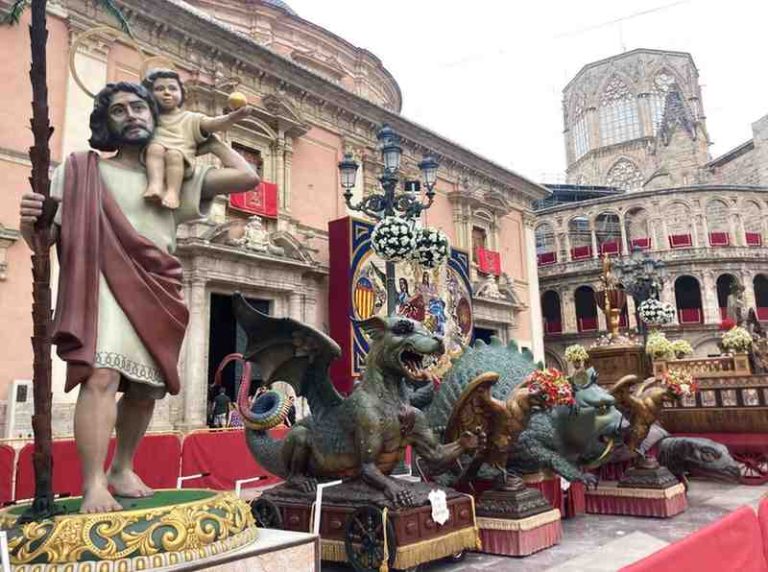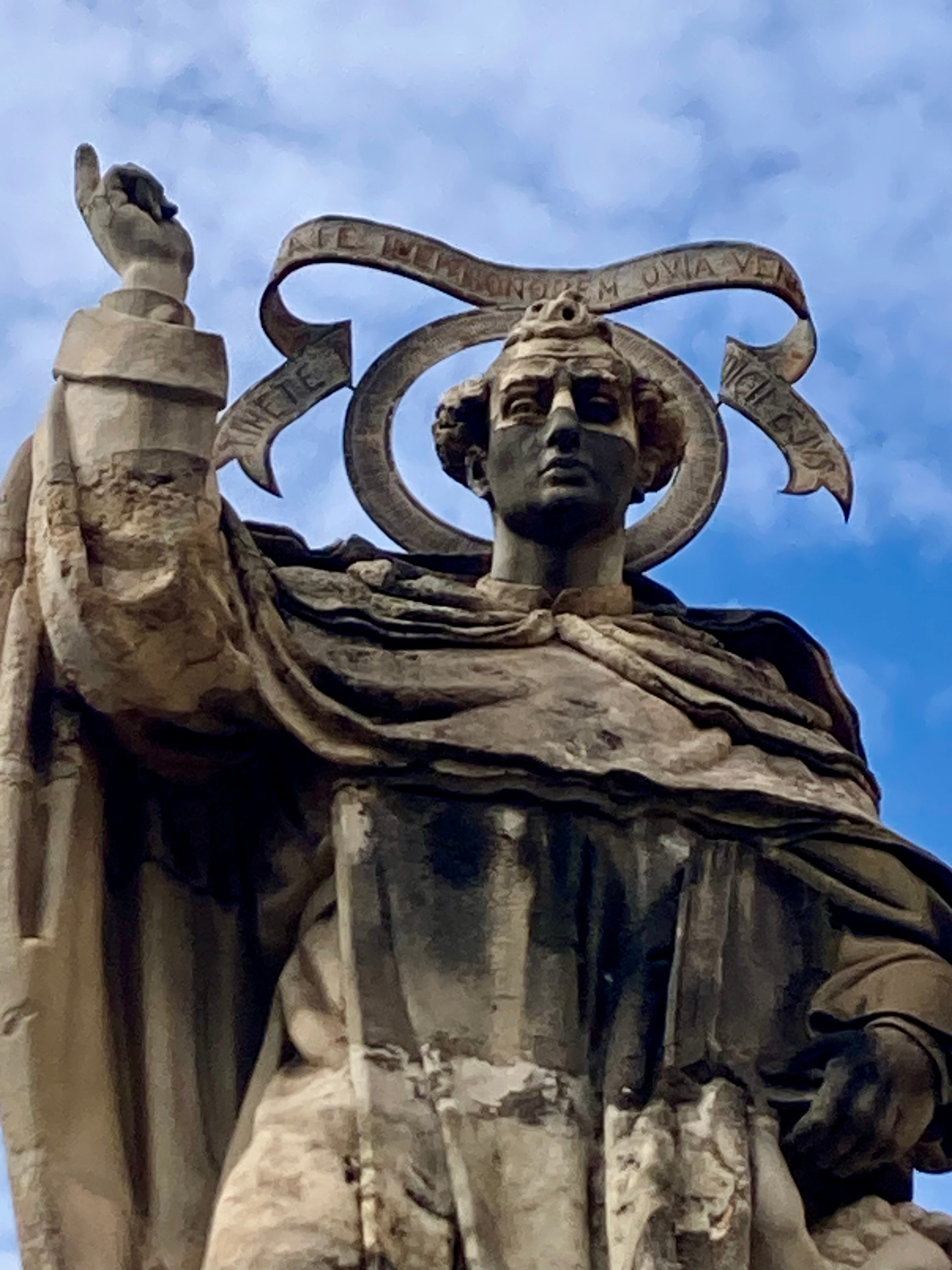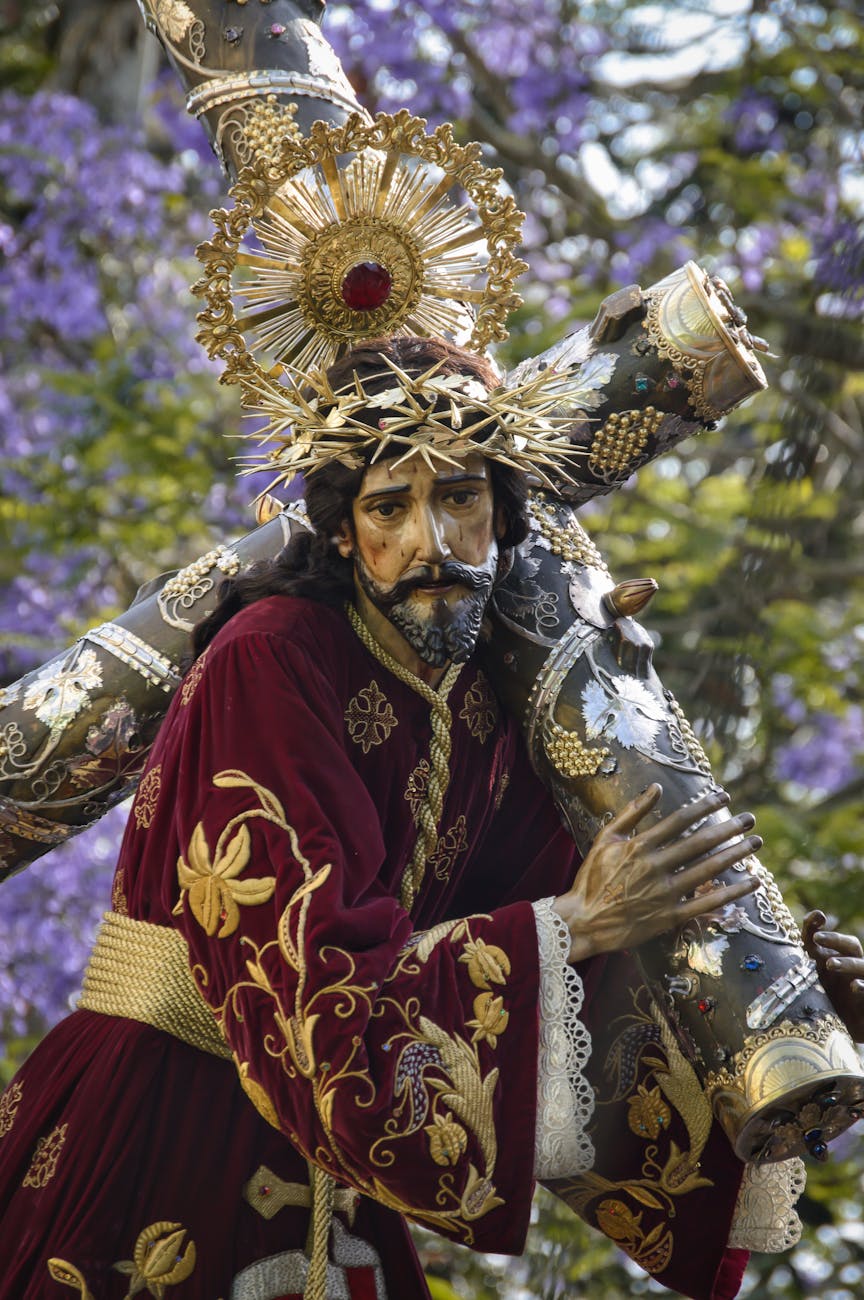Festival of San Juan: Summer Solstice in Valencia
Valencia marks the arrival of summer with fire. On the shortest night of the year, the city celebrates La Nit de Sant Joan, the night of St John — a fire-lit festival that draws thousands to the beach. The tradition is rooted in both Christian and pre-Christian customs. According to Christian lore, St. John the…



